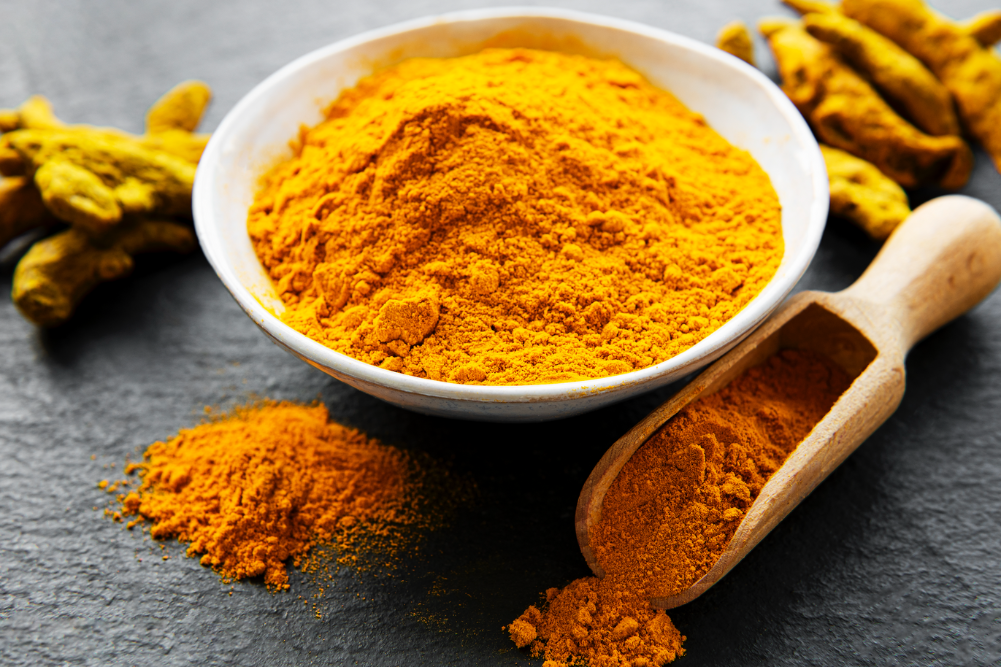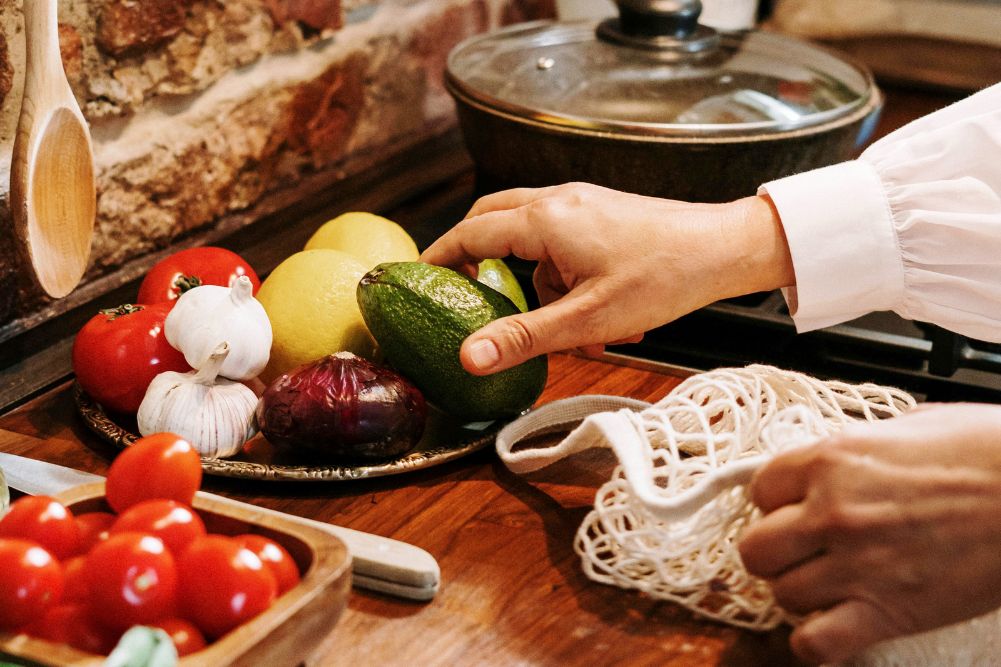3 ways to eat your daily greens
We are gathered here today to give thanks for our daily greens. It may sound like I’m beginning a sermon, but this isn’t a lecture about living off green smoothies for the rest of your life. It’s important to have a well-rounded diet, including a constellation of good fats, sustainable fish, grass-fed meats, wholefoods and properly prepared grains.
I do, however, want to encourage you to add more greens to your plate. You’ll be surprised how simple it is to “nutrify” your meal just by making a few small changes.
Greens represent a convenient, nutrient-dense bonanza of vitamins including C, E, K, and a host of B vitamins. Dark, leafy greens contain a small amount of omega-3 fats, plus minerals such as iron, magnesium, calcium, potassium and manganese. The phytonutrients in greens, such as beta-carotene, lutein and zeaxanthin, will also help to protect your cells from damage.
Greens of all varieties are the number one source of nutrition to improve your health and inject oxygen into your cells by neutralising free radicals. By eating more greens, you can help ward off diet-related conditions such as heart disease, high blood pressure, diabetes and cholesterol issues.
The rich amounts of chlorophyll in greens act as a powerful detoxifier and deodoriser in the body — the darker the green, the higher the chlorophyll content. Try mixing your greens up for more variety and introduce new greens into your diet. Get the most out of your greens by eating them slightly steamed or raw, or juicing your favourites, adding a splash of coconut water for a touch of sweetness.
If you have an acidic diet and eat foods such as grain-fed meats, dairy and acid-producing refined carbohydrates, eating more greens will help balance your pH level. A pH of 7.0 is neutral, below 7.0 is acidic and one above 7.0 is alkaline. Researchers have found that to maintain optimum health, your diet should consist of 60 per cent alkaline-forming foods and 40 per cent acid-forming foods. If you’re prone to over-acidity, a diet of 80 per cent alkaline-forming foods and 20 per cent acid-forming foods will bring you more balance.
There are many reasons we can develop an acidic pH: diet, emotional stress, environmental pollutants, toxic overload and immune responses can all deprive the cells of nutrients and oxygen. The body will try to compensate for this by using up its resources of available alkaline minerals. If insufficient minerals are available, acidity will build up, resulting in decreased energy production, an inability to absorb vital nutrients and detoxify heavy metals and toxins, and your body’s reduced capacity to repair its damaged cells. That’s why eating more greens will keep your pH at a healthy level.
Why not base some of your weekly meals around green vegetables? You’ll be supporting your immune system as well as ingesting powerful antiviral and antibacterial agents.
Breakfast
Wilted Greens With Apple Cider Vinegar Eggs
Serves: 2
Cooking time: 20 mins
2 garlic cloves, finely chopped
2 tbsp extra-virgin olive oil
2 bunches spinach or greens of your choice, roughly chopped
Celtic sea salt and freshly ground black pepper, to taste
4 eggs
¼ cup apple cider vinegar
Cook garlic in 1 tablespoon of olive oil in a large frying pan over medium heat until translucent. Add greens and season with Celtic sea salt and freshly ground black pepper cook for 1 minute. Remove and divide between two plates.
Clean pan, heat remaining olive oil and fry eggs for two minutes. Pour the apple cider vinegar gently into the pan and cook until reduced, for a couple of minutes. Remove eggs from pan, place on top of greens and pour vinegar over the top.
Lunch
Pea and Lamb Soup
Serves: 3-4
Cooking time: 45 mins
1 head garlic (corm)
3 tbsp extra-virgin olive oil
1 brown onion, diced
3 sprigs thyme, leaves only
300g lamb fillets or backstrap, cut thinly
1L beef stock
500g fresh shelled or frozen peas
1 tbsp apple cider vinegar
Celtic sea salt and freshly cracked black pepper
Handful parsley (reserve some for serving)
Heat oven to 200°C.
Slice 0.5cm off top of garlic bulb to expose cloves. Place in oven on a baking tray, drizzle with a little olive oil and roast for 30–35 minutes.
In a soup pot, place 2 tablespoons olive oil, onion and thyme leaves. Cook for about 5 minutes. Add lamb and brown for a few minutes, stirring. Add stock, peas, apple cider vinegar and season. Bring to boil, then turn heat to low, add parsley and simmer with lid half on for a further 5 minutes, or 15 minutes for a stronger flavour.
Ladle soup into food processor or blender. Take garlic from oven, squeeze out cloves and add to blender. Blend until just smooth.
Serve with a sprinkle of fresh parsley and a drizzle of olive oil.
Dinner
Broccoli and Kale Soup
Serves: 2
Cooking time: 30 mins
1 tbsp extra-virgin olive oil
1 onion, chopped
1 leek, chopped
3 garlic cloves
2 sticks celery, sliced
2 broccoli bunches, chopped
1 bunch kale, chopped
2 cups vegetable stock (no additives)
1 tin coconut milk
2 tbsp lemon juice
Nutritional yeast flakes, to serve
In a large saucepan, heat olive oil then brown onion, leek and garlic. Add celery, broccoli and kale and stirfry for 5 minutes.
Pour in stock and coconut milk. Bring to boil, then simmer for 15 minutes. Transfer to blender and blend until smooth. Return to pan to heat and season to taste.
Stir in lemon juice and sprinkle nutritional yeast flakes on top to serve.







